
Documentary short film intended to drum up support for the Fifth War Loan Campaign. It shows a happy family in the future of 1960 enjoying the prosperity and advantages made possible by the successful prosecution of the war, and how the sacrifices of 1944 have made the world a better place. Edited down from The Shining Future (1944).
No Trailers found.
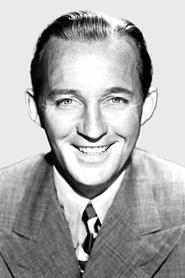
Bing Crosby (uncredited)
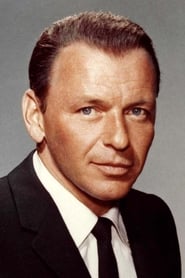
Frank Sinatra (uncredited)
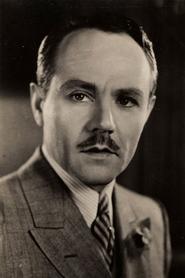
Mr. Ames (uncredited)
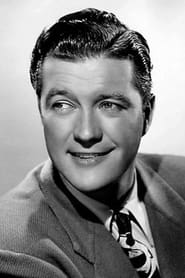
Dennis Morgan (uncredited)
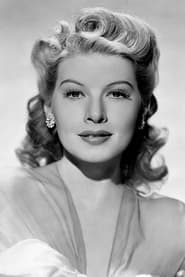
Irene Manning (uncredited)
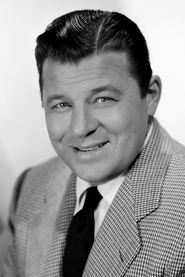
Jack Carson (uncredited)
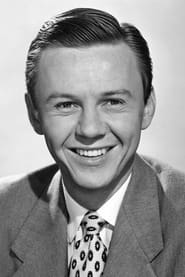
Danny Ames (uncredited)
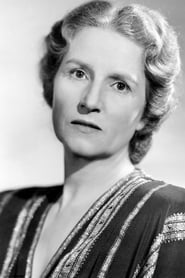
Mrs. Ames (uncredited)

Cary Grant (uncredited)